
Between worlds with Lysley Tenorio
In the wide, wild universe of fiction, the most transcendent creators are able to visit an elusive space that only exists between worlds—the real and the imagined. The places they

In the wide, wild universe of fiction, the most transcendent creators are able to visit an elusive space that only exists between worlds—the real and the imagined. The places they
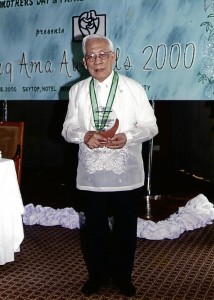
Today. Feb. 11, is the birth centenary of Lucio D. San Pedro. Composer, professor and band conductor, he was born in Angono, Rizal, a century ago and proclaimed National Artist for Music in 1991.
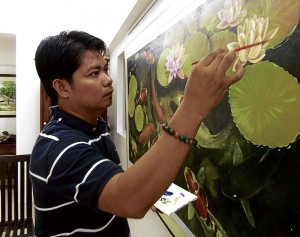
To grow up in Tanay, Rizal, just like in its neighboring town of Angono, home to many of the country’s great artists, is to learn how to draw and paint its rustic beauty—modest houses under a mango tree; golden rice stalks dancing in the wind; bountiful fish frolicking on the pond.

Gongs and bamboo musical instruments “are a celebration and renewal of our heritage as Asians and have been in existence for thousands of years,” according to composer and National Artist-designate Ramon P. Santos.

Over a month after Typhoon “Pablo” drowned the provinces of Compostela Valley and Davao del Norte in a deadly avalanche of stones and rocks (these days, they call the town of New Bataan as New Bato-an), the highway that whisks you up the northern reaches of the Davao Region introduces you to a severely windswept landscape: huts tumbling into heaps of crushed hopes and lives; roofs of community gyms twisting in the air as one-of-a-kind images of trauma; a mall crunched up into some kind of post-nuclear holocaust; and formerly picturesque beach resorts and spring-water pools nowhere to be found anymore, buried in hillocks of pebbly rubble.
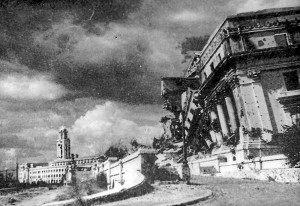
It is the month of February again, the month in 1945 when the Japanese chose to turn our fair city into a battleground and killing ground, as Ambassador Juan José Rocha has said, leading to the death of some 100,000 noncombatant civilians, the destruction of irreparable heritage, and the near-obliteration of public utilities.
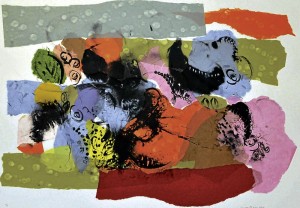
“High Spirit,” the art exhibition, celebrates the centennial anniversary of College of the Holy Spirit, Mendiola (CHS). Fifteen accomplished CHS women alumnae in their various fields of endeavor participate, with their art to be viewed at the Cultural Center of the Philippines (CCP) Little Theater lobby and second-floor hallway. The exhibit runs until March 27. Free viewing is open daily Tuesday-Sunday, 9 a.m.-6 p.m., and during theater performance intermission.
The University of Santo Tomas’ Center for Creative Writing and Literary Studies (CCWLS) will mount “Making: Love in 14 Collaborative Acts,” an exhibit of images, texts and performances on Feb. 11-15 at the main lobby of the UST Main Building.
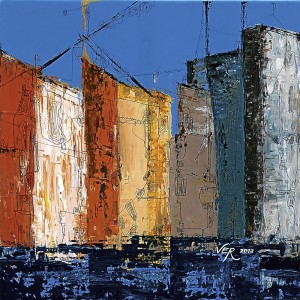
Urban spaces are rife with potential for the abstract artist. Camille Ver, in her sixth one-woman show, “URBN,” explores these possibilities through acrylic works on canvases that are interspersed with details of tech-pen lines. These new additions to her oeuvre are rampant with the energy of a loud, boisterous city juxtaposed with the cool, calming power of abstraction.

Ballet Manila wraps up its 17th performance season with the latest installment of its popular “Ballet & Ballads” series, featuring the London-based trio West End Mamas as special guest.












The latest in global fashion, beauty, and culture through a contemporary Filipino perspective.